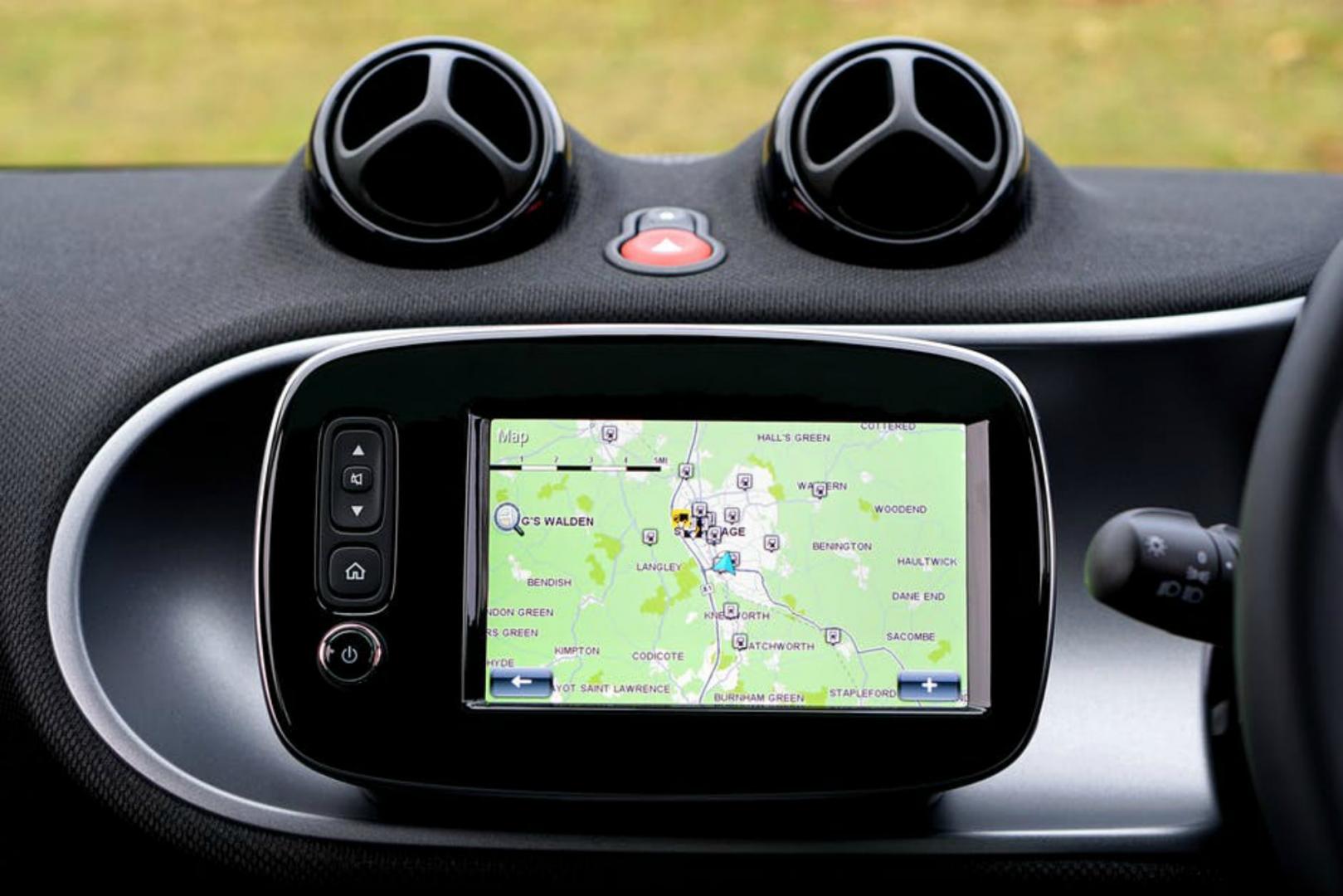The plans for the new practical driving test were announced by the Government on 30th December last year and will take effect from 4th December 2017. The new format of the test was driven by thousands of learners before its final implementation. Those who had taken the new test were more confident and crucially, for IAM RoadSmart, had undertaken slightly more driving on country roads and dual carriageways.
It is well known that learners who practice more in a wider range of traffic situations make safer drivers in the long run; as they do say “practice does make perfect!”.
 The changes include the following:
The changes include the following:
- The independent driving part of the test will increase from 10 to 20 minutes.
- You will be following directions from a sat-nav.
- Reversing manoeuvres will be changed (the previous manoeuvres - the reverse around a corner and the three-point turn will no longer be tested), but you will be asked to do one of three possible reversing manoeuvres instead, including parking in a bay.
Neil Greig, IAM RoadSmart director of policy and research, said: “Experts from IAM RoadSmart have helped to design and evaluate the new elements of the test and we are very excited about the road safety benefits it could deliver.
“Our key aim was to ensure the test reflects the real world as much as possible and also encourages learners to gain experience of as wide a range of traffic situations as possible. By doubling the independent driving element of the test and introducing a sat-nav for an unknown route new drivers will have to practice more.
“A common criticism of the old test was that it always used the same well-known routes which learner drivers could learn off by heart! The new reversing manoeuvres replace the three-point turn which no one ever used and dealing with a bay is much more like everyday parking.
“Finally, asking questions whilst driving can help the learner to multi-task and deal with passengers. New drivers with relevant skills and more experience can only be good news for road safety.”
It’s exciting to see how technology has greatly influenced the motorists experience, but most importantly, how safety is becoming more and more of a priority.
For more CarCliq news, click here!
“Our key aim was to ensure the test reflects the real world as much as possible and also encourages learners to gain experience of as wide a range of traffic situations as possible. By doubling the independent driving element of the test and introducing a sat-nav for an unknown route new drivers will have to practice more.
“A common criticism of the old test was that it always used the same well-known routes which learner drivers could learn off by heart! The new reversing manoeuvres replace the three-point turn which no one ever used and dealing with a bay is much more like everyday parking.
“Finally, asking questions whilst driving can help the learner to multi-task and deal with passengers. New drivers with relevant skills and more experience can only be good news for road safety.”
It’s exciting to see how technology has greatly influenced the motorists experience, but most importantly, how safety is becoming more and more of a priority.
For more CarCliq news, click here!